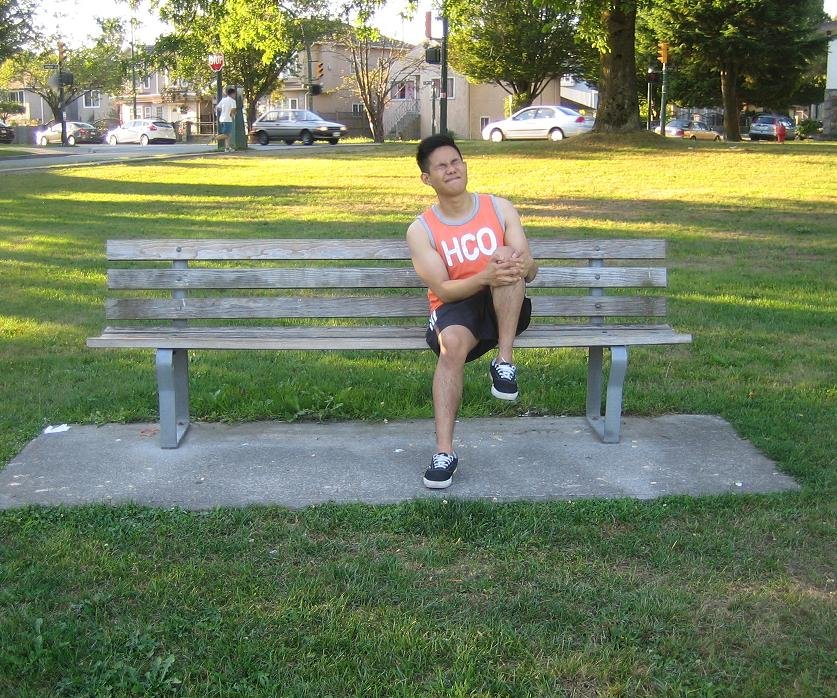Tennis leg is an acute tear of the medial head of the gastrocnemius muscle in older athletes. Generally, it has a sudden onset of severe pain in the calf, disability, bruising and swelling.
The common area that it affect is the medial head of gastrocnemius but can sometimes affect the plantaris muscles. This injury is usually common in sports such as jumping, hill running and tennis but can happen in any activity.

Symptoms of tennis leg
- Sudden and sharp burning pain felt in the leg and sometimes a sound can be heard.
- Difficulty walking or moving the ankle
- Bruising or changes color
- Swollen
- Tenderness to the touch
- The condition is mistaken for deep vein thrombosis
- Severe pain in the calf that spreads to the knee or the ankle.
- Moderate to intense pain can be felt with passive dorsiflexion of the ankle caused by stretching of the ripped muscle fibers in tennis leg.
Treatment
- Take plenty of rest. Stop playing tennis and leaning on the foot while still in the healing process for fast healing of the condition.
- Cool the affected area using an ice pack or a cold running water for at least 10-15 minutes for several times every day.
- Elevate the leg above the level of the heart for proper blood circulation in the area. Raise the leg using a couple of pillows to keep it elevated.
- Wrap the affected area using a compression bandage to lessen the bleeding. Avoid wrapping it too tight to prevent problems with circulation.
- Take the prescribed analgesics to lessen the pain and the inflammation.
- Use elbow crutches to lessen the weight placed on the foot for fast healing of the condition.
- Wear a heel lift in both shoes for at least 2 weeks to lessen the load placed on the muscle of the calf when walking.
- Perform regular exercises such as swimming or cycling for at least 30 minutes every day to increase the flow of blood to the muscles of the calf.
Tips
- Perform warm up before playing and a cool down afterwards for at least 10-15 minutes each. Perform correct stretching exercises for the calf muscles.
- Wear proper fitting shoes with good shock absorption, sideways stability and optimal comfort.
- Massage stiff and tense calf muscles
- Maintain sturdy calf muscles with plenty of rest during training. Performing steps, running and cycling are good exercises for the calves.
Disclaimer / More Information
The material posted on this page on tennis leg is for learning purposes only. Learn to recognize and manage tennis leg by taking a first aid and CPR class with one of our training providers.
FACT CHECK
https://www.physiotherapy-treatment.com/tennis-leg.html
https://emedicine.medscape.com/article/91687-overview
http://www.scientificanimations.com/tennis-leg-achilles-tendonitis-two-canbe-dangerous/
